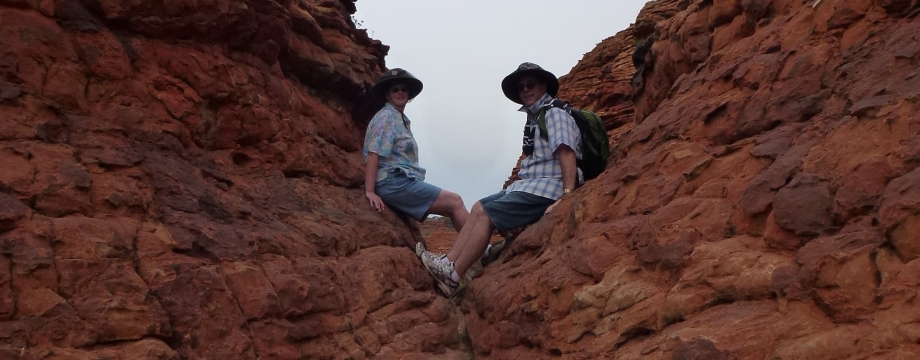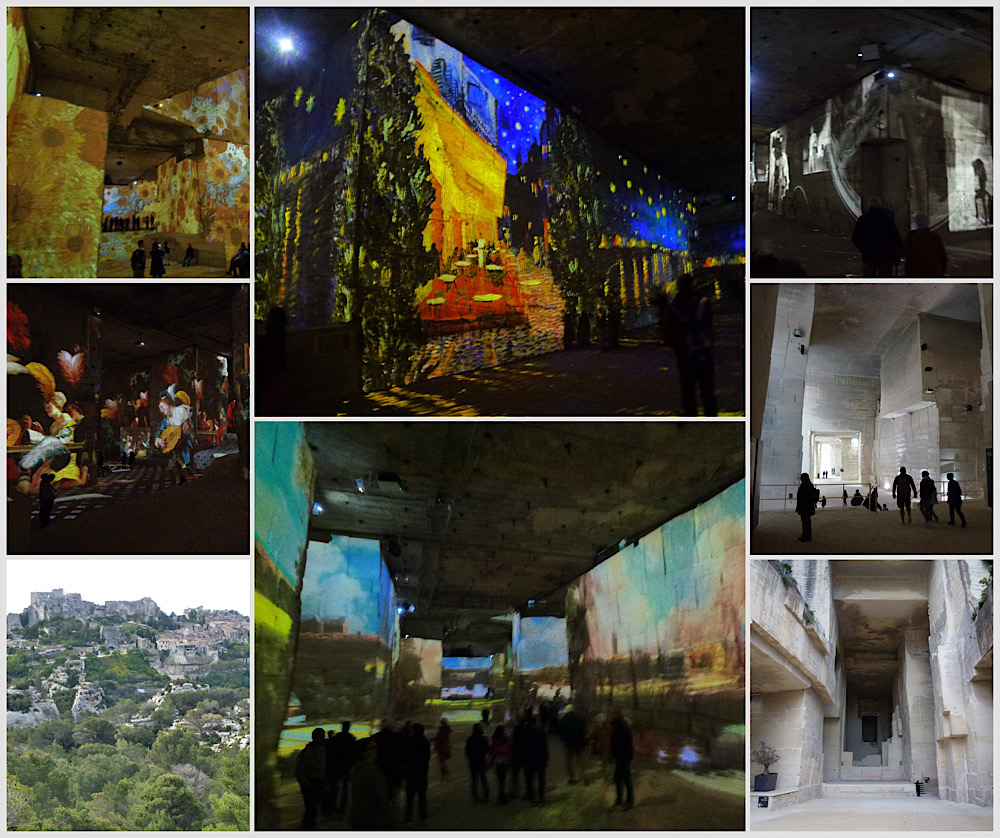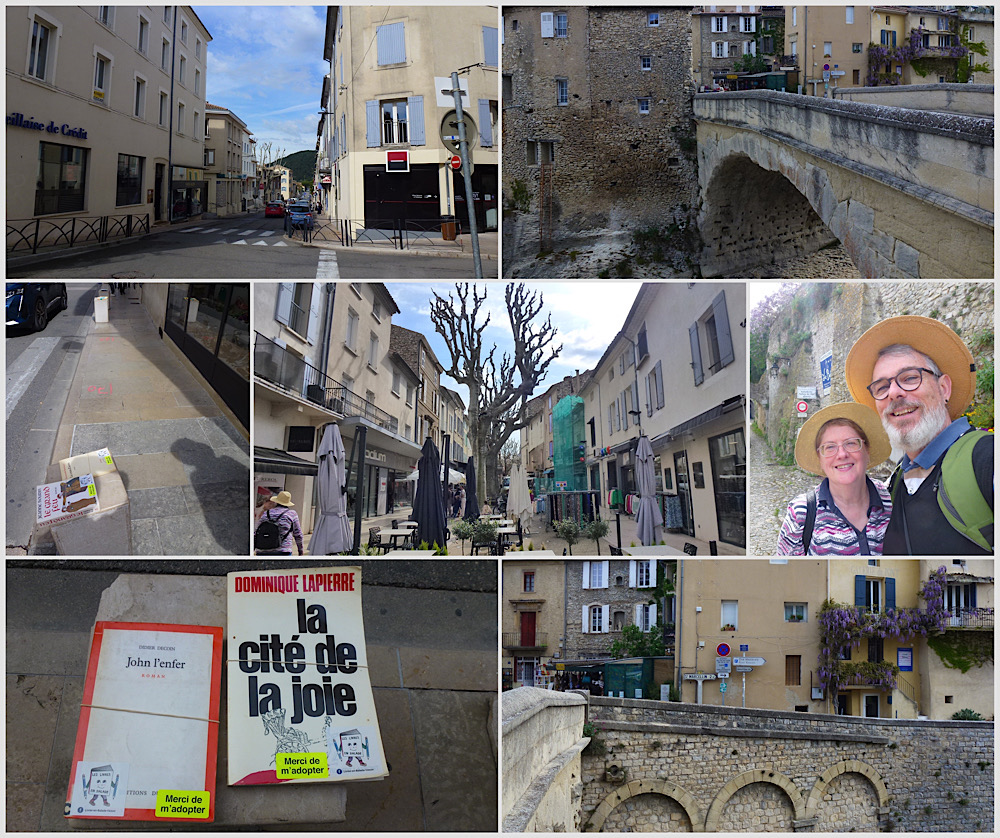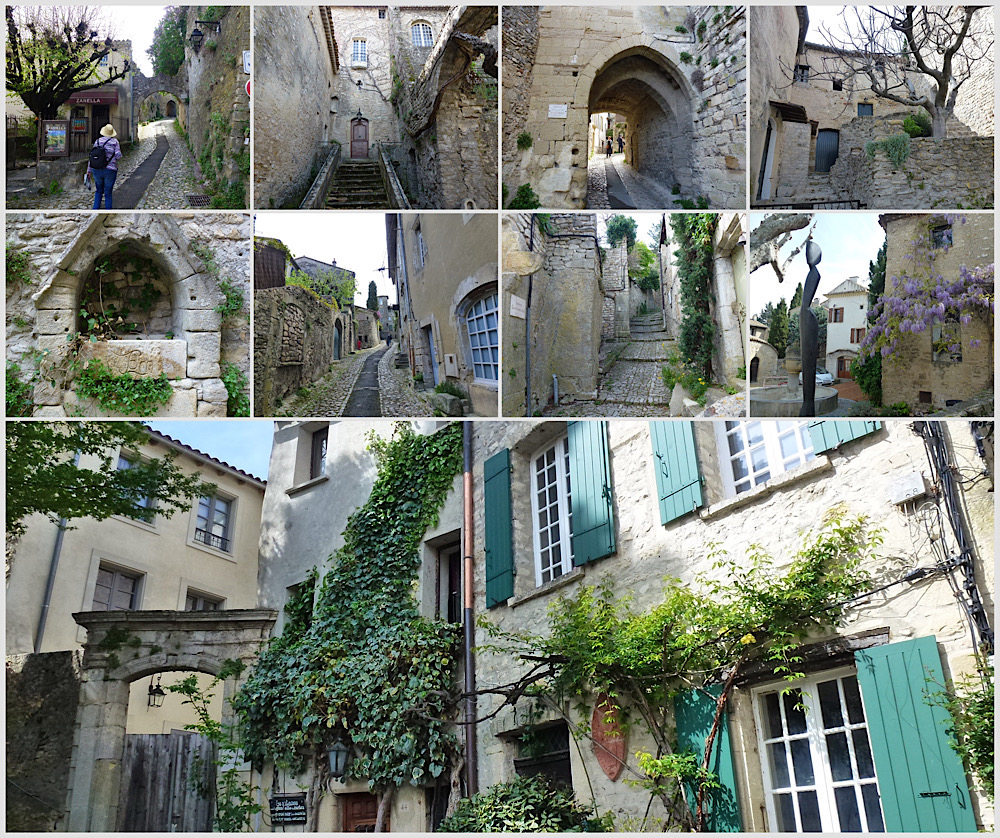One of many reasons for visiting Provence is that it is a varied collection of villages spread over quite a large geographical area. There is little in the way of regular public transport in most of the villages so, realistically, the only way to explore would be via personal transport (car, motorbike or bicycle). We have actually seen a lot of cyclists, fully kitted out with bulging panniers, labouring up and down the hills of Provence – had we been younger and fitter, we still (prolly) would have opted for a car, but the slower pace of a bike would let you stop in all the places that had amazing views but no pull-over for cars.
Over a two day period we explored the Luberon region, first going south then north.
Heading into Southern Luberon, we aimed the VDub at a lovely little village called Cucuron. Jo, in her extensive research, had discovered most villages have market days regularly where producers can bring local produce out for sale. Cucuron’s markets were set out around a central pond and public square, and we were after veg for meals later in the week, and lunch makings for a picnic.
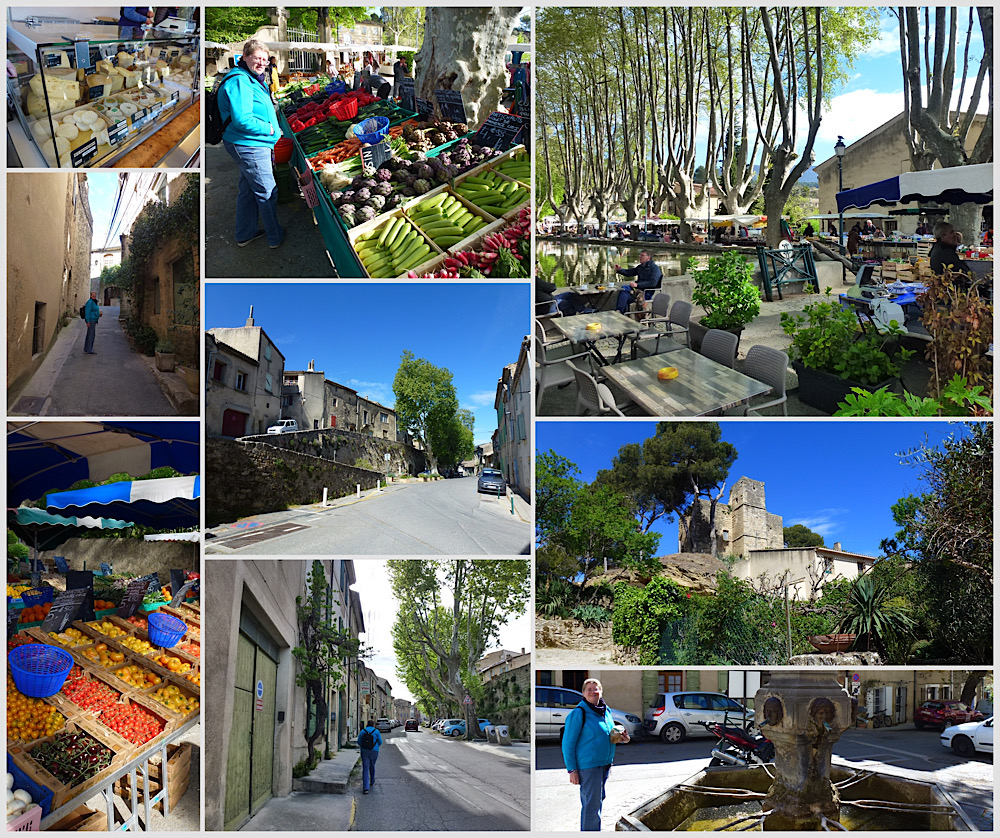
We bought a baguette from the local Boulanger, and a couple of St. Marcellain cheeses, another punnet of delicious strawberries and some fresh fruit and veg, packed it away and explored the town a little. We walked up the hill to a little church, got lost in some of the winding streets and then returned to the free car park, just outside the town.
Our next stop was Pont Julien, an astonishing Roman bridge that spanned a river. It was Anzac Day, the road verges and fields around us were bejeweled with poppies, little wonder the poppy has endured as a symbol of remembrance. We picnicked in the warm sun, sitting on lush grass surrounded by wildflowers – heaven.
Read more
